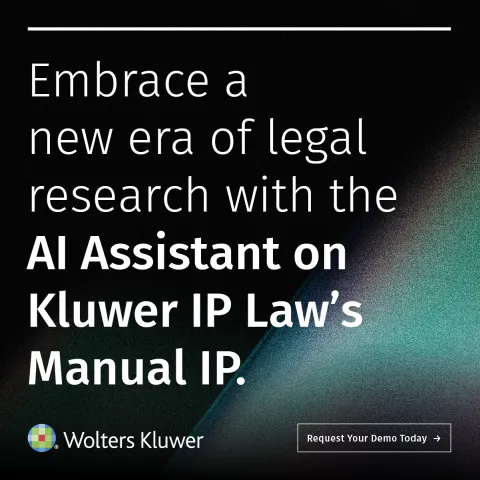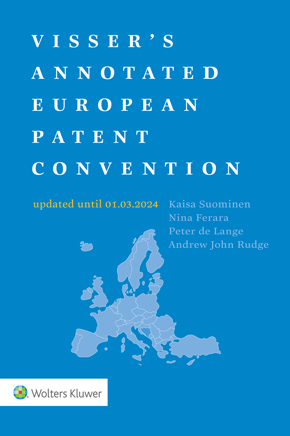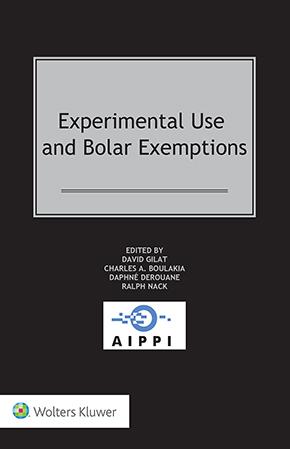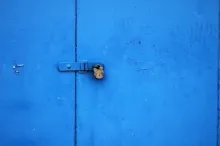"UPC Unpacked" Series: Behind the Score
September 23, 2025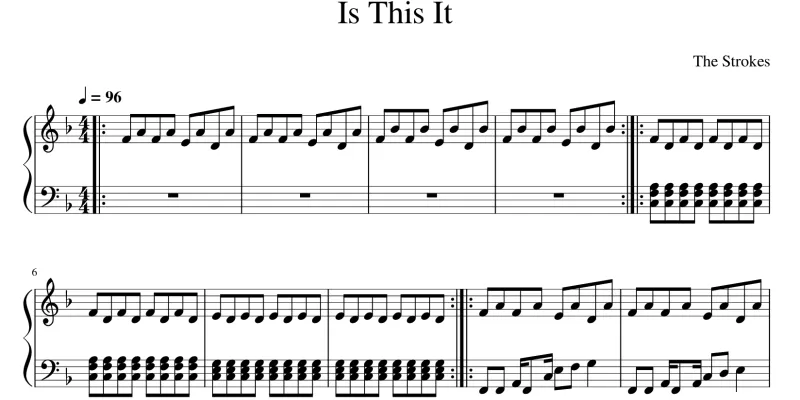
When the Unified Patent Court opened its doors on 1 June 2023, Europe’s patent community held its breath. Most commentators described what had just begun — the first filings, the first injunctions, the first moves. With UPC, Unpacked, a series of articles published in June and July 2025, I took a different approach. Conceived as a series of articles published between early June and the end of July 2025, it was never about the debut, but about the unfolding.
It did not start with the first claim filed or the first injunction granted. It began two years later — in June 2025 — once the procedural dust had settled. Only then was it possible to attempt something different: a reading in tempo. Across sixteen episodes — mostly on Kluwer Patent Blog, with four on LinkedIn during the blog’s maintenance period — I tried not just to analyse, but to listen. To follow the Court not as a finished structure, but as a system in motion.
This closing piece is not an ending. It is a pause. A space to gather what has resonated — before the music continues.
Sixteen Frequencies of Friction
Each instalment was written not as an update, but as a movement. A gesture toward the unstable harmony of a Court still searching for coherence.
Du Hast, But Not So Fast marked the opening rhythm of appellate review — uncertain, delayed, abstract. Discordant Frequencies examined the UPC’s jurisdictional architecture: formal unity, practical fragmentation.
The Court’s fractured relationship with the United Kingdom set the tone for UPC After Brexit: The United Kingdom’s Salty Sea Voyage, where the post-Brexit landscape exposed a lingering strategic presence despite formal withdrawal. The theme deepened in Licence to File, which traced the labyrinthine logic of validation strategies and opt-out manoeuvres for British patent holders — navigating a system that speaks the language of unity while enforcing the logic of fragmentation.
Legal Inception explored how national and UPC logics collide and merge through the interpretive machinery of EU law, while Golconda and the Quest for Coherence reimagined Magritte’s surreal geometry as a metaphor for the coexistence — uneasy, suspended — between unitary and national patents.
The Court’s ambition to speak with a unified voice faltered again in More Than a Feeling, where the pharmaceutical sector exposed the limits of procedural promise and strategic trust. All Eyez on PMAC turned to alternative dispute resolution, showing how the Patent Mediation and Arbitration Centre remains more symbolic than operative, a structure, but not a force.
Legal Westworld traced the persistent dreams of national procedure within a supposed European unity, a choreography not yet synchronised. That gap widened in The Trial with Part-Time Judges: The Retreat of of the Law (1/2) where the retreat of law behind technical expertise raised concerns of judicial dilution, then partially resolved in The Return of the Law (2/2) .
Schrödinger’s Patent framed the problem of procedural uncertainty through quantum logic: urgency, admissibility, and injunction thresholds exist in states of indeterminacy until observed, decided, and contested. The Coded Procedural Landscape revealed how forum shopping is no longer external but internal, encoded in rules, languages, and division dynamics.
From Pied Piper to the UPC shifted the narrative to SMEs, not as an abstract ideal, but as concrete actors excluded by costs, complexity, and silence. SEP WARS examined how standard-essential patent litigation continues to unfold outside the UPC, despite its promise of centrality, a universe still resisting harmonisation.
And finally came Keine Lust, not as closure, but as atmosphere. A Court lit and equipped, but rhythmically misaligned. Functioning, yes, but hesitating, reluctant to resonate.
While the series unfolded in chronological order — from June through July 2025 — the reader may also choose to approach it thematically. Like any evolving composition, UPC, Unpacked can be heard in layers, through the recurring motifs that structure its development. For those who prefer to read by resonance rather than by sequence, the sixteen episodes may be regrouped as follows:
I. Foundations and Borders
Episodes exploring the jurisdictional architecture, post-Brexit asymmetries, and the fragile coherence between national and unitary logics:
Discordant Frequencies,
UPC After Brexit,
Licence to File,
Legal Inception,
Golconda and the Quest for Coherence
II. Strategies and Parties
Episodes focusing on how litigants shape, bend, or bypass the Court through procedural tactics, opt-outs, and asymmetrical access:
Du Hast, But Not So Fast,
The Coded Procedural Landscape,
From Pied Piper to the UPC
III. Institutional Architecture and Procedural Uncertainty
Episodes investigating the structural fragility of the Court, judicial independence, and the incoherences of procedural discretion:
Legal Westworld,
The Trial with Part-Time Judges (1/2),
The Trial with Part-Time Technical Judges (2/2),
Schrödinger’s Patent
IV. Sectors, Symbols, and Silence
Episodes where the Court’s symbolic role is confronted with its systemic limitations — in pharma, SEP, ADR, or simply in presence without resonance:
More Than a Feeling,
SEP WARS,
All Eyez on PMAC,
Keine Lust
A Composition in Progress
Together, these texts form not a doctrine, but a score: a layered interpretation of a court becoming itself. They are less case law than case listening. The coherence of the whole lies not in thematic repetition, but in an evolving rhythm, one that moves between critique and curiosity, structure and strategy, silence and signal.
The UPC, as observed through these episodes, is not broken. But it remains polyphonic: shaped by asymmetrical access, divergent interpretations, fragile judicial independence, and procedural cultures in coexistence more than fusion.
The system functions. But it does not yet resonate.
This Is It… But Maybe It’s Not
There is more to explore. Other texts — drafted earlier, on Brexit, opt-outs, and the blurred frontiers between national and unitary regimes — were kept in reserve. Not because they lacked relevance, but because they needed the right context. They may return, reworked, reinserted into a broader cartography of the UPC’s symbolic and strategic space.
And beyond those: other angles await. The geopolitics of jurisdiction. The epistemology of judicial independence. The semiotics of procedural form. If this series closes, it does so with the sense that law (like music) is never a fixed object. It is a language in movement, a structure that bends, resonates, and recedes.
As the Strokes once sang, “This is it… but maybe it’s not.”
UPC, Unpacked was never about putting law on the page. It was about revealing how law moves across it. And if the rhythm calls again — from doctrine, from strategy, or from elsewhere — then perhaps the series will return. Not for encore.
But for resonance.
You may also like




